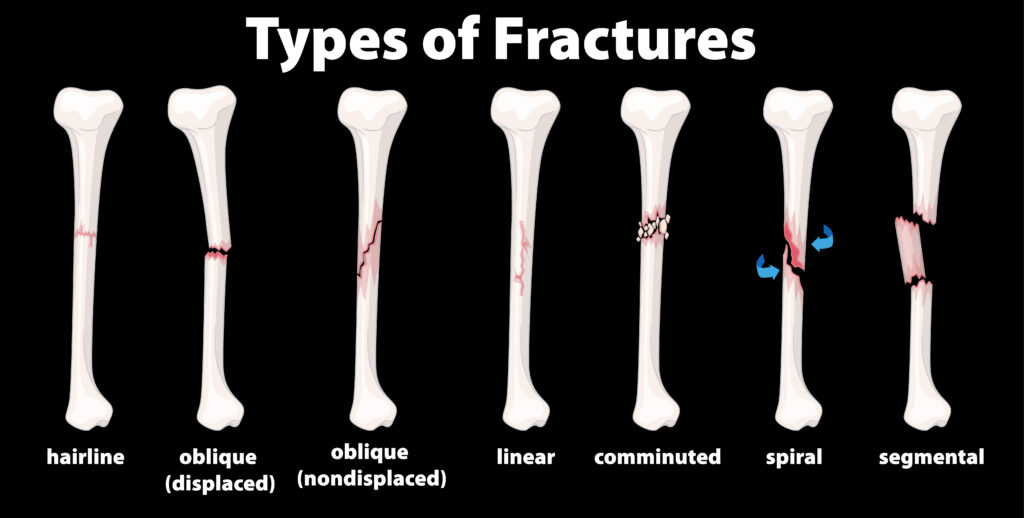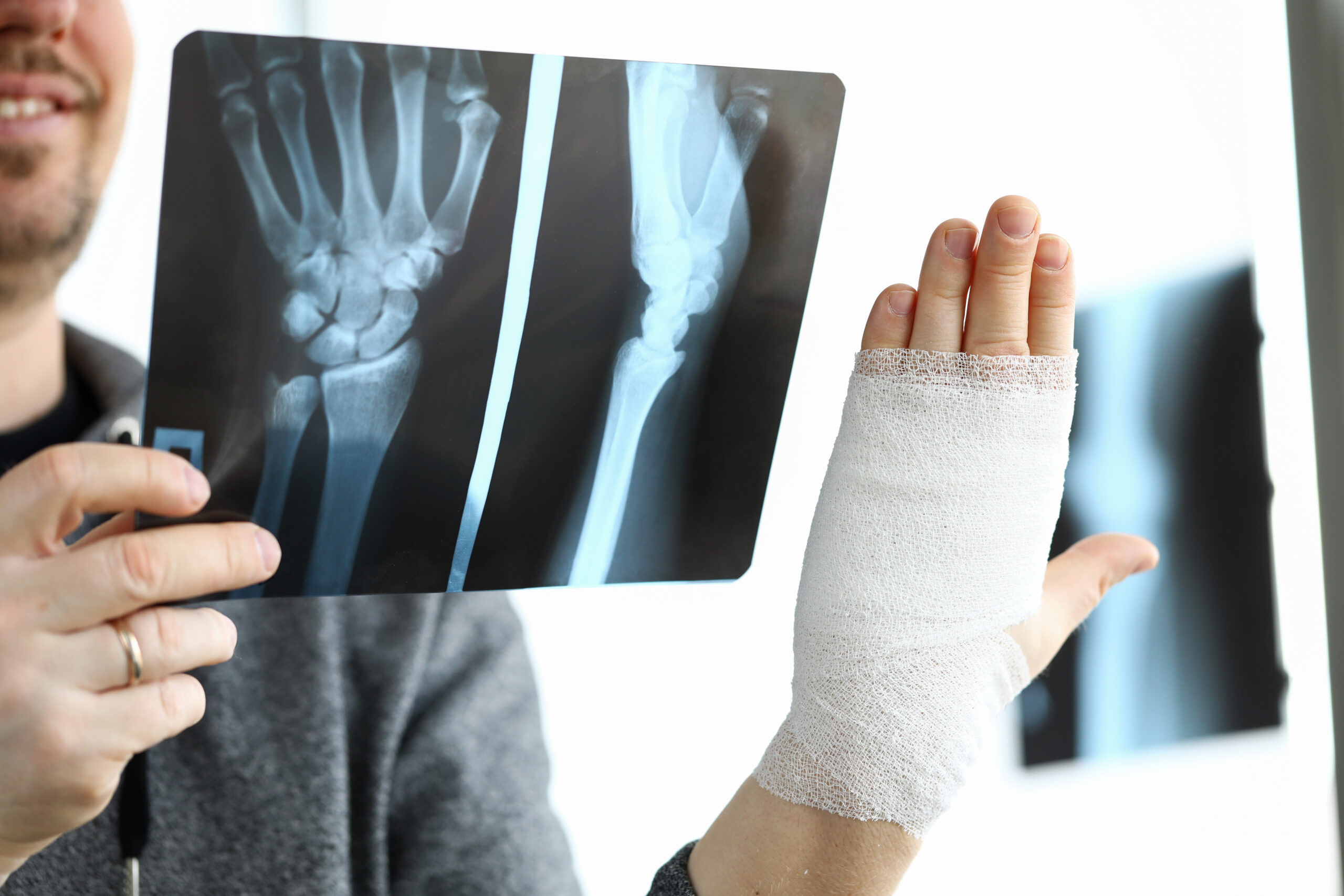You may hear the term complex fracture surgeries after a road traffic accident, a crash or a fall from height, or a workplace injury. In Lahore, these injuries are common, and major hospitals treat them every day. Patients ask what surgery involves and how long recovery takes, and how orthopedic care in Lahore works. This guide explains each step so you know what to expect during complex fracture surgery.
Key takeaways
- Lahore sees many trauma-related complex fractures that are often from road traffic accidents, and major hospitals treat these injuries every day.
- Open wounds need early antibiotics and early cleaning, which lowers infection and improves outcomes.
- CT scans help plan surgery for spine, joint, and pelvic fractures, and they guide the safest approach.
- Surgeons use plates and screws, nails, or external fixators, or minimally invasive plating, and the choice depends on fracture pattern and soft tissue.
- Blood clot prevention plus early rehab form part of safe recovery, and duration depends on your risk and mobility.
What Makes a Bone Fracture Complex?
Doctors call a fracture “complex” when the bone breaks into several pieces or when the fracture reaches a joint, or when the skin is open, or when nerves or vessels are at risk. Your surgeon classifies the fracture and plans your treatment based on X-rays and CT scans. This choice gives the safest approach and the right implants. AO/OTA guidance supports structured planning for difficult fractures.

What Happens before Surgery?
Emergency steps
Care starts with pain control and limb support and checks of blood flow and nerve function. If the skin is open then teams give IV antibiotics as soon as possible and ideally within one hour. They then plan debridement and cleaning within twelve to twenty-four hours based on the wound. These steps lower infection risk and protect tissue.
Imaging and planning
You will get X-rays. Many complex bone fractures also need a CT scan for accurate maps of the fracture, and this is true around joints and the pelvis or acetabulum. CT helps with surgical planning and approach choice.

Damage control when needed
If you have many injuries or are not stable, the team may use “damage control orthopedics.” They place a temporary external fixator to hold the bones while your body stabilizes. Once it is safe, definitive fixation follows.
Fracture Surgical Options in Lahore
Your orthopedic surgeon will choose the method that matches the fracture pattern, soft-tissue condition, and your health.
| Option | When it helps | What to expect |
| Open reduction and internal fixation with plates and screws | Joint fractures and multi-fragment breaks | Incisions over the site, anatomic reduction, and stable fixation |
| Intramedullary nailing | Long-bone shaft fractures, like the femur or tibia | Small entries at the bone ends and a rod inside the canal |
| External fixation | Open wounds or severe swelling or as damage control | Pins and bars outside the limb can be temporary or final |
| Minimally invasive plate osteosynthesis (MIPO) | Fractures where soft-tissue care matters | Small cuts and percutaneous plating to protect the blood supply |
Modern evidence supports these methods when used for the right fracture. MIPO and locked plating aim to protect soft tissue and blood supply and this can aid healing and earlier movement. Intramedullary nailing often allows early weight bearing in shaft fractures. Your surgeon will explain the gains and limits for your case.
Anesthesia Time in the Theatre and Hospital Stay
Most patients have spinal or general anesthesia. Many complex orthopedic surgical procedures take one and a half to three hours, yet severe multi-fragment or joint cases can take longer. Hospital stay after surgery often ranges from two to five days. The team will adjust plans based on your stability and pain control needs.

Safety steps your team will take
Infection prevention
Teams use strict cleaning plus timely antibiotics for open wounds and careful soft-tissue handling. Early antibiotics and timely debridement are key parts of care.
Blood clot prevention
Major lower-limb and hip-related fractures carry a risk of clots. Many patients receive low-molecular-weight heparin and mechanical methods like compression devices, and the course often lasts ten to thirty-five days based on mobility and procedure. Your risks and length of care will be checked one by one.
Nerve and vessel checks
Teams check circulation and sensation before and after reduction and splinting. They repeat checks after surgery and during recovery.
Recovery timeline you can expect
First 2 weeks
You attend your first follow-up to review the wound and X-rays. Stitches or staples come out around day ten to fourteen. You start with a gentle range of motion as advised.
Weeks 3–6
Physiotherapy builds motion and strength. Weight bearing depends on the construct and bone involved. Your surgeon will guide partial or full weight bearing when the fixation and bone allow.
Weeks 6–12
Most fractures show signs of healing. Activity increases under guidance. Some patients return to desk work within four to six weeks. Manual work takes longer.
Beyond 3 months
Many patients resume routine activities, and sport or heavy work is phased in once the union is clear. Complex joint fractures may need a longer rehab window to regain motion and balance. Your exact pace depends on bone biology, fracture type, fixation method, and your physiotherapy effort.
How Does Dr. Imran Salim Malik Help?
Dr. Imran Salim Malik is a well-known orthopedic surgeon in Lahore. He treats complex fractures with a focus on stable fixation and function. His team guides you from diagnosis to rehab with clear goals and a treatment plan made for your injury. For complex bone fractures in Lahore, he is a recommended orthopedic surgeon.
What to bring to your consultation?
- Prior X-rays or CT scans on a disc or print
- A list of medicines and allergies
- Details of any other injuries
- Questions about work, sport, and travel plans
Wrapping Up
Complex fractures can sound scary, yet clear steps can guide you to full recovery. Dr Imran at Omar Hospital and Cardiac Centre, Johar Town, Lahore, offers skilled, proven methods and up-to-date implants for MIS surgeries. Book your appointment for precise surgeries and fast recovery.
